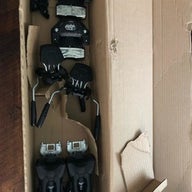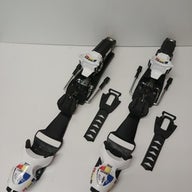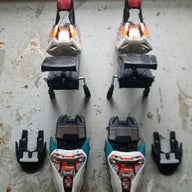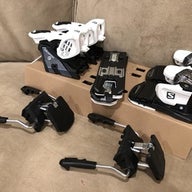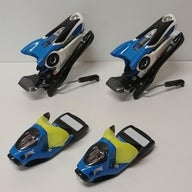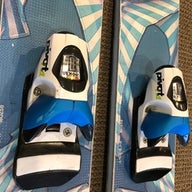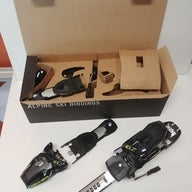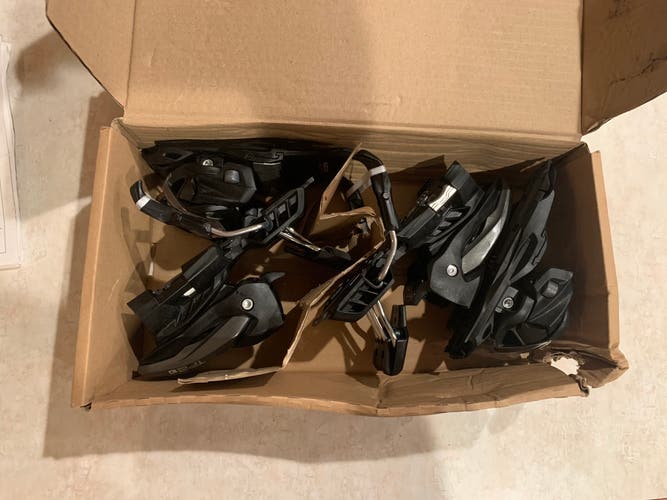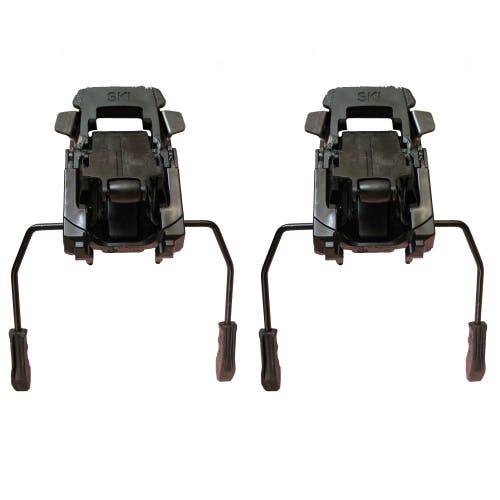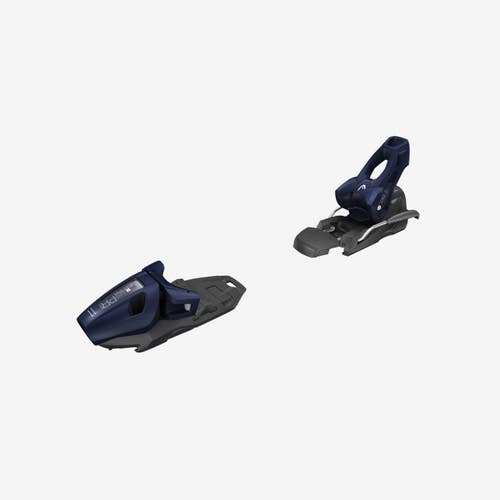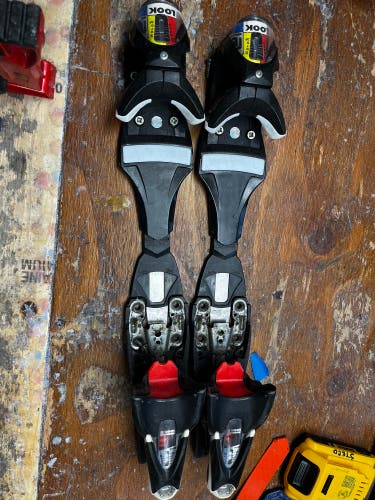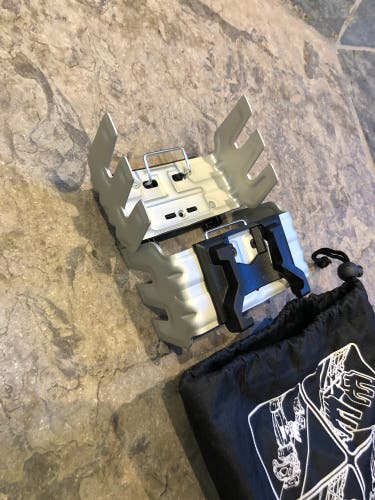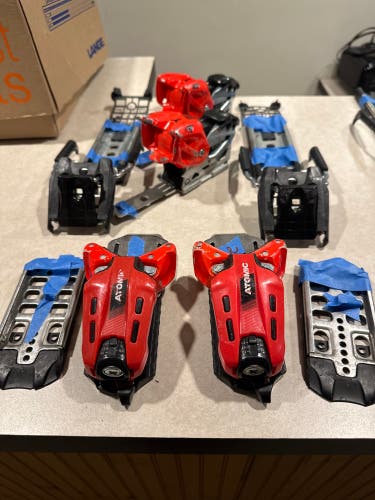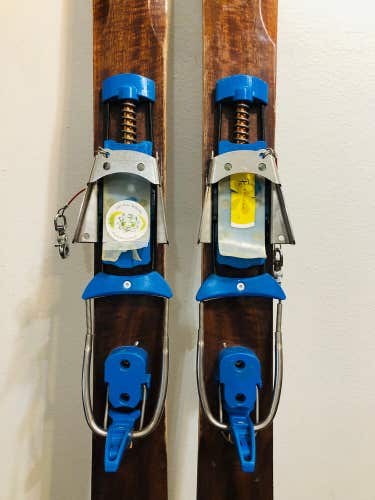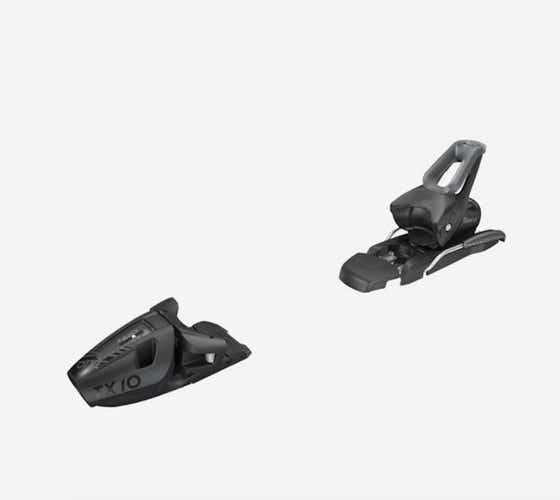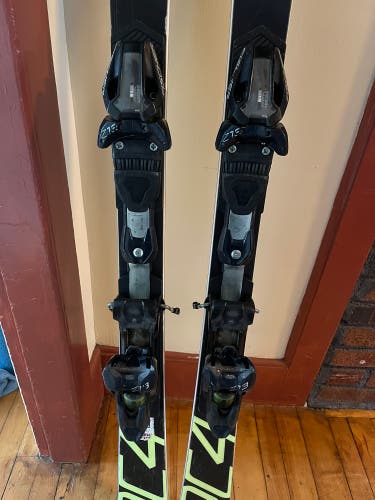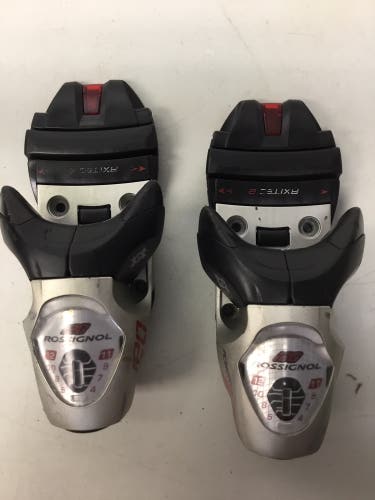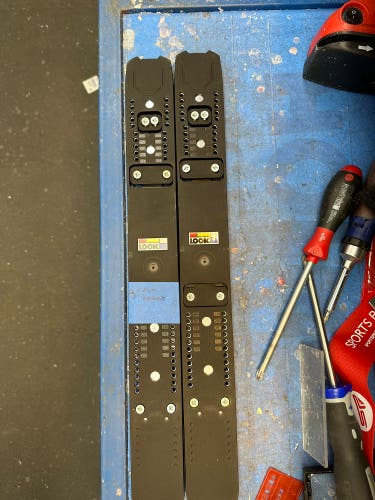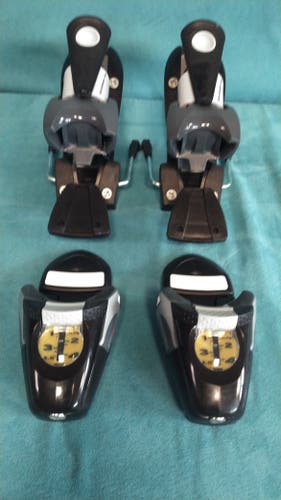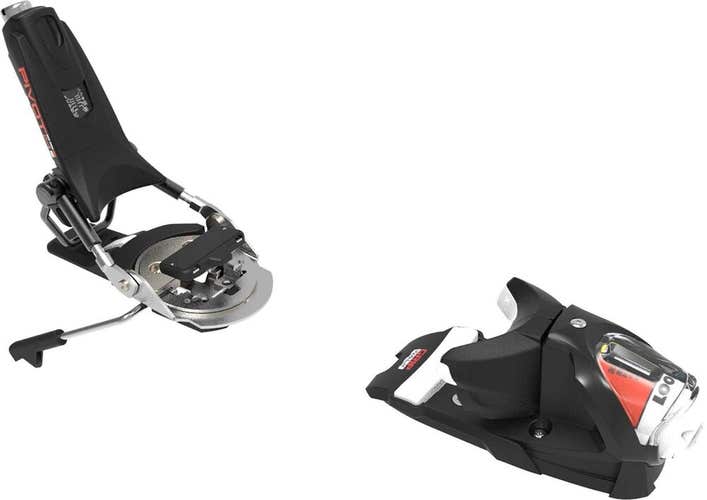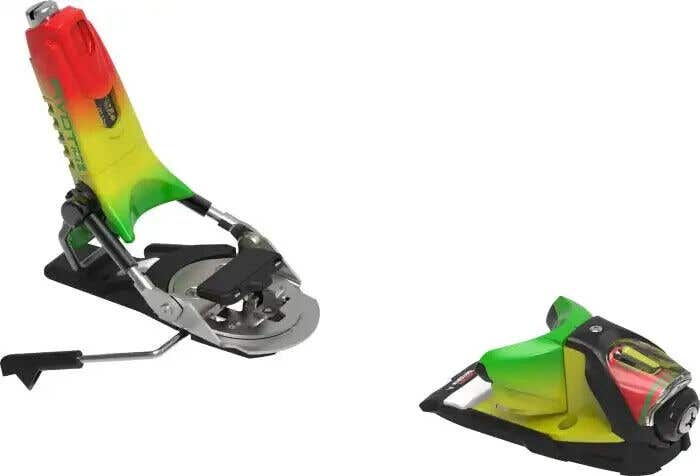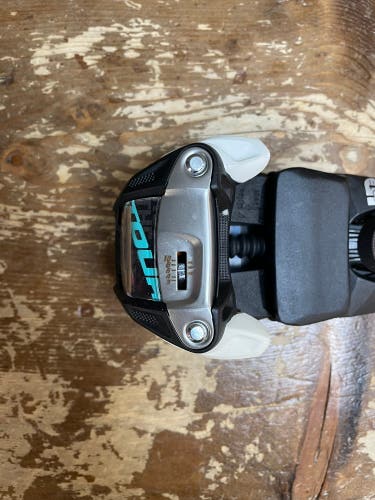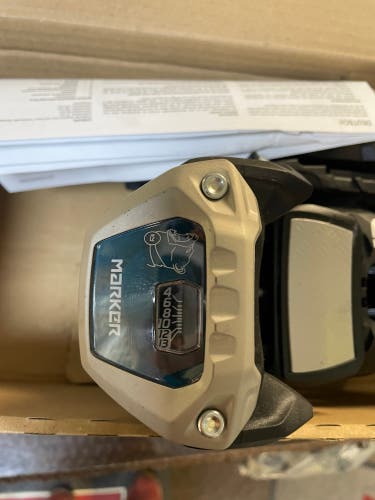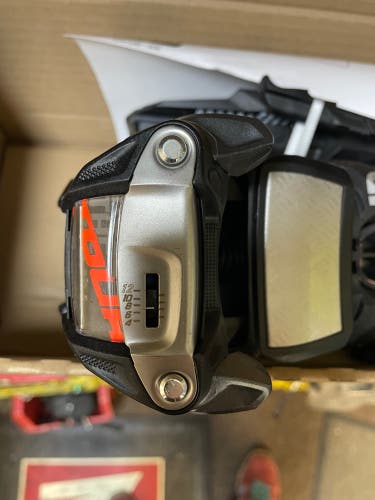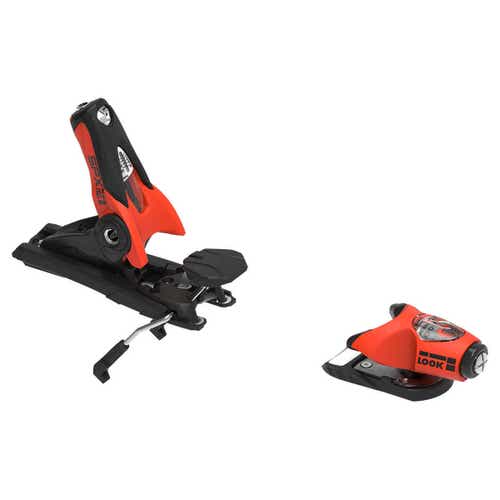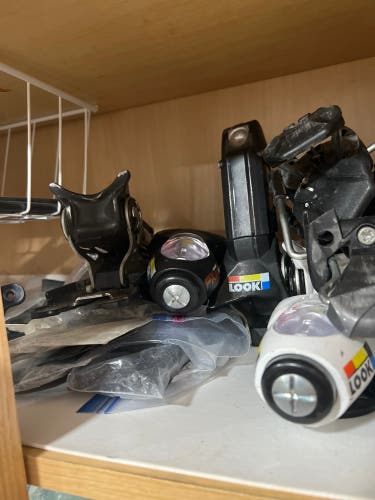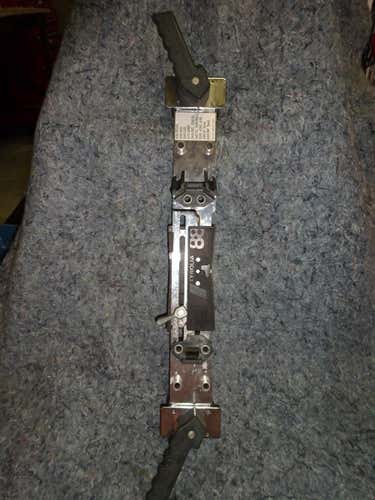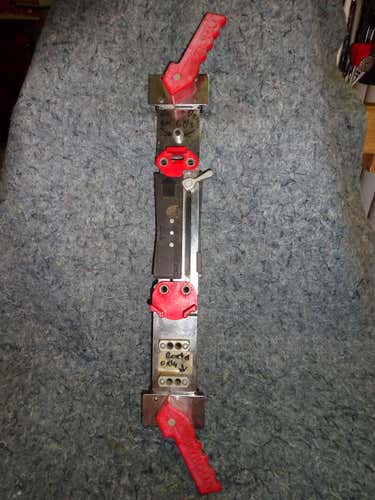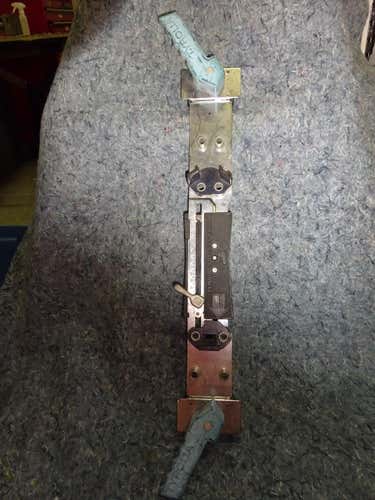Evolution of Ski Bindings
In the beginning, ski bindings weren’t all that safe and resulted in many skiers getting broken legs when they took a nasty fall. Bindings were too rigid, so they didn’t release skiers as readily as they should have in order to prevent injuries. Back in the day, skis had steel edges or were made from laminated wood or plastic. After breaking his leg in 1937, skier Hjalmar Petterson Hvam came up with a release system that would evolve to become the first ever safety ski binding. In 1948, a new type of binding was developed in France. Known as the plate binding, this type of ski binding didn't detach from the ski and therefore provided shock absorption, which previous toe releases hadn't been able to.
Ski Binding Sizing Guide
Once you buy a pair of ski bindings, be sure to head down to your local pro shop to have them professionally set. Ski technicians will ensure that your bindings are mounted properly onto your skis. As a starting point, you can look for bindings based off of their DIN setting. All bindings have a “max DIN setting,” but typically you don’t want to have your bindings set to their max. The DIN setting is a measure of how easy or hard it is for your bindings to release your boots (and you) from your skis. A shop technician will set your DIN based on your height, weight and ability level. The lower the DIN setting, the lower the amount of force required to release you from your skis. Beginners will require a low DIN setting, because they tend to fall more often and therefore want their bindings to release them as readily as possible. For ski racers, a higher DIN setting is required to ensure that they stay locked onto their skis at such high speeds. As a general rule of thumb, lightweight beginner adult skiers could have a DIN anywhere between 3 and 10. Heavier beginners and intermediate skiers overlap into the 3-11 range. Racers who are on the taller, heavier side can operate at a DIN setting anywhere between 12-18.
Best Ski Bindings
- Marker Griffon 13 ID bindings: a great choice for alpine skiing. They're super reliable, so you can relax and enjoy your time on the slopes knowing that your bindings will keep you safe
- Marker Jester 16 ID bindings: work well for backcountry skiing, as well as advanced alpine skiers; highly protective and excellent at absorbing shock, these bindings are very popular amongst professionals and expert recreational skiers
- Salomon STH2 WTR 13 bindings: another great choice, and just as sturdy as Marker bindings
- Look Pivot 14 Dual AW bindings: offer natural flexibility for your feet, as well as elasticated features that help reduce knee injury
